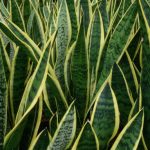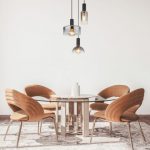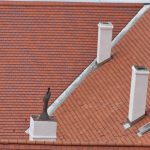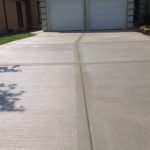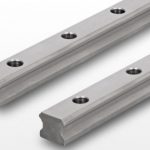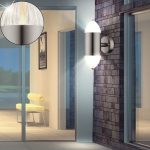Common Materials Used for Modern Vases
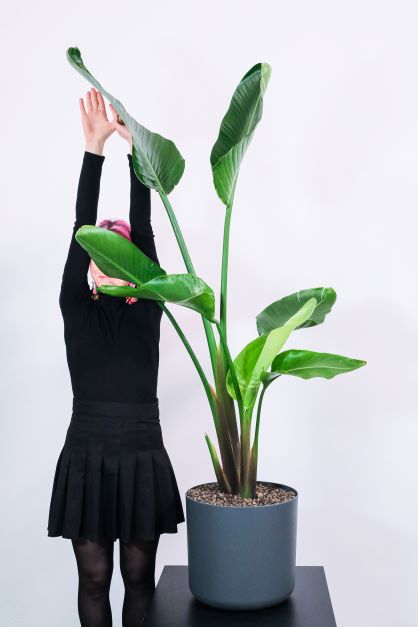
Modern vases come in a plethora of materials, sizes, shapes, colors, and sizes. As expected, every specific vase has its own set of pros and cons.
Ease of maintenance, aesthetic value, the climate in your area, and where you plan to keep your potted plants are all important factors you need to take into account before making your final decision.
Just to give you a good idea, below is a quick breakdown of the most common materials that modern planters are often made from to help you pick the right choice that suits your specific needs.
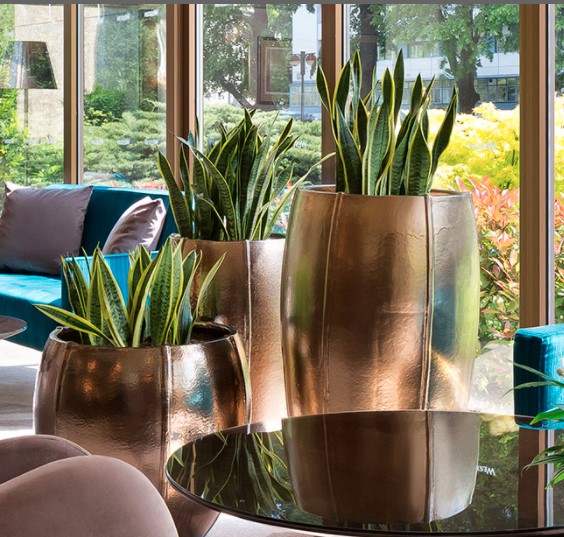
Table of Contents:
Ceramic
Stoneware or ceramic containers are crafted using light-colored and finely textured clay that is glazed afterwards. These containers are then being fired at high temperature in the kiln to help reduce the porous levels of the pot and its vulnerability to elements. But, ceramic vases can still crack when left outside in cold weather.
One downside to this kind of durability is that these vases tend to be very heavy even though this factor still makes them a great option for plants that grow as top heavy. Also, ceramic vases are a bit pricy but you can find them in an extensive variety of designs and color glazes.
These vases also come in a plethora of sizes and shapes, the most common of which are large bowls.
Coir
Coir vases are ecologically and economically sound choices. These are planters made from the coconut husks. These are also sturdier compared to pressed paper pots yet they still offer the same benefits as those of paper pots.
There are also types that are created using grain husks and different binding agents instead of coconut husks. Coir modern vases are affordable and you can find them in a wide variety of shapes and colors with a diameter of up to about a foot.
Concrete
Concrete vases tend to look great, particularly when they aged a bit. Even though concrete is a practical option for bigger plants that might require ballast support against wind due to its sheer weight, this weight can also be the reason why it is difficult to move the planter.
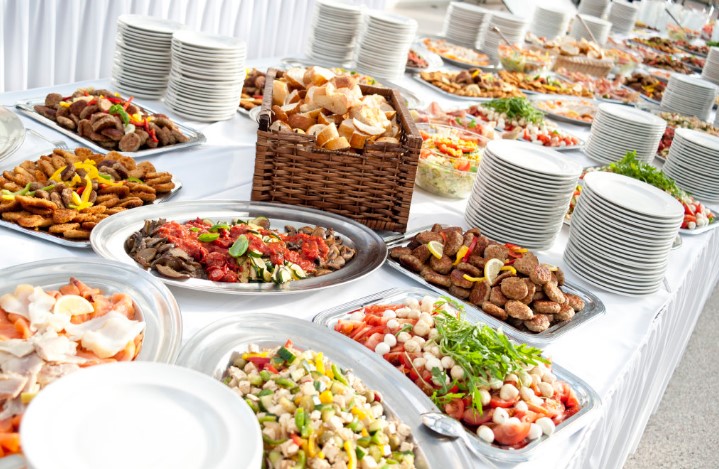
Read also next article: Checklist for Catering Equipment for Small and Big Parties
It can be a challenge to plan and host an event, whether for your coworkers, or something smaller for friends and family. One thing you will need to know is the different types of catering equipment and what you might need.
This means that if you are planning to use concrete containers for just about anything, see to it that you know where you like it to be where you can be sure that you won’t be moving it.
But, thanks to this, you can be sure that no one will play a prank, move, or even steal it. Concrete is a good reliable insulator that can keep the roots of the plants protected even during those times when there are significant changes in temperature.
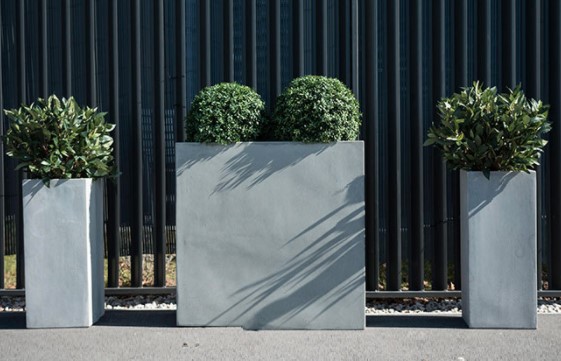
Metal
Metal vases are very durable and are extremely heavy when it comes to case iron. Metals like aluminum can provide gardeners the metal’s durability with lighter weight to make moving of pots and planting more practical.
Aluminum doesn’t rust, doesn’t require painting, and is also cheaper compared to other metal options. Some other common metal choices include copper, lead, zinc, and copper-coated stainless steel.
Plastic
Plastic vases can also be crafted to resemble other materials in terms of appearance. However, these are less durable and realistic than fiberglass planters, for example.
Many plants that you can buy at a nursery or a store will often go home with you inside a plastic container. It is because this is the cheapest container that commercial growers can use.
Plastic planters of thicker versions can be made to resemble terra cotta or stoneware pots although they don’t really come close to the real thing. Plastic modern vases are available in endless number of shapes and sizes.
Pressed Paper
The pressed paper containers are the best option for those who plant vegetables. Such containers can breathe well that improves aeration and promotes healthy root growth and insulates the roots from changes in temperature that might otherwise stress or harm your plants.
Pressed paper vases are biodegradable that are good for the environment. However, it means that you need to replace these annually. Since these are affordable, pots of this kind are economically sound options. There are also pressed paper pots lined with wax coating that lengthens their lifespan.
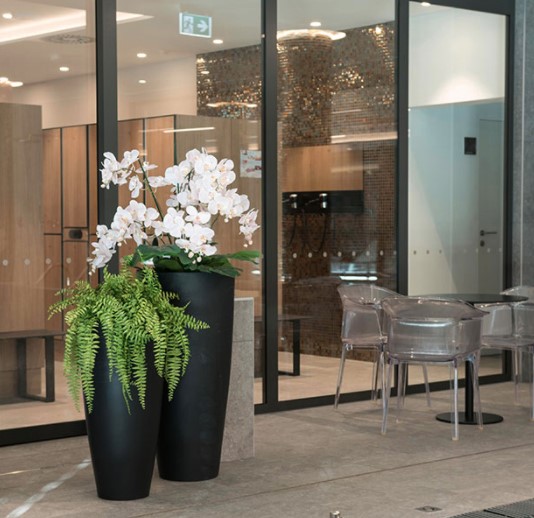
Resin and Fiberglass
Fiberglass planters are made from the combination of glass fibers and resin. These pots are molded to resemble stone or terra cotta pots. There are manufacturers that add some clay limestone to the resign blend to achieve an improved texture.
Although this might not really be the most eco-friendly choice, it still offers some benefits. These fiberglass planters are durable, lightweight, and resemble the materials they are meant to mimic. There is no need for special storage for these containers. They can also endure expected weather with no need to take them indoors.
Terra Cotta
Terra cotta is one type of clay often used in making planters and pots of different shapes and sizes. Terra cotta pots can be as big as the imagination of the creator or as small as 2 inches in height or diameter.
There are seemingly endless sizes and shapes of containers made from this particular material that makes them very versatile. This is usually a warm reddish brown color that boasts of an earthy appeal.
Terra cotta is also readily affordable and available that makes it the number one choice among many gardeners for both outdoor and indoor use.
Wood
The last but definitely not the least, wooden planters tend to look great in almost any patio or outdoor setting. These containers are often rectangle or square in shape although you can also find some curved designs.
It is not for wood to crack during cold weather. These modern vases also tend to dry out slowly. The only true risk when it comes to wood containers is none other than rot. This is why it is recommended to use plastic to line your wooden planters to avoid this issue. Just make sure that the plastic has some holes to facilitate proper drainage.
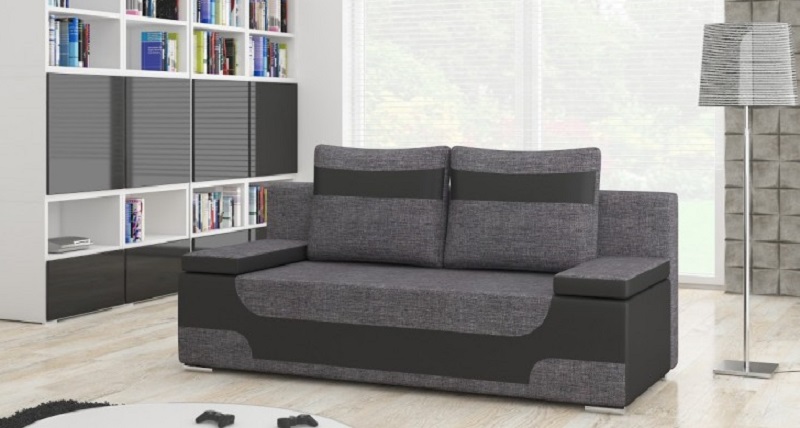
Read also next article: Interior design sofas
Like everything else in this era of endless choice, there seem to be infinite options when it comes to choosing a sofa.

